Lessons from Master Photographer: Ernst Haas
Photographer Ernst Haas taught me that anything could be a subject, and that it is only our curiosity and awareness that limits us in photography.

Photographer Ernst Haas taught me that anything could be a subject, and that it is only our curiosity and awareness that limits us in photography.
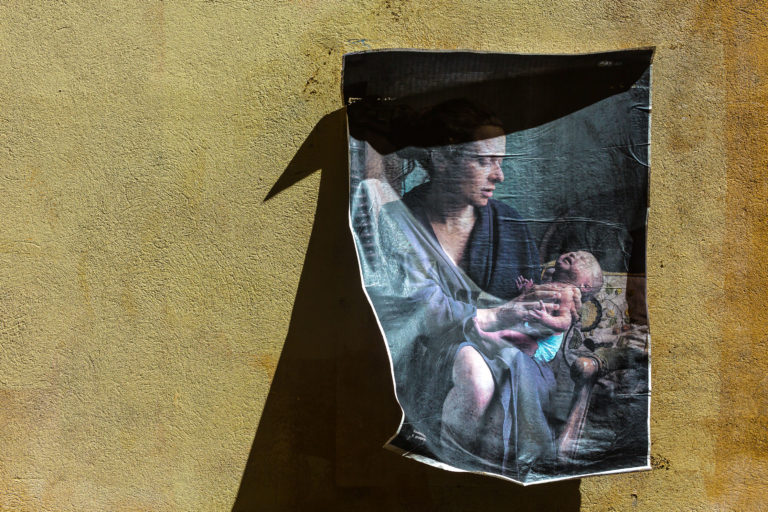
I wanted to share some of the best articles we have written over the years that we have been told have created the biggest impact on people’s photography. These are articles that will help you expand your perception of photography, help you awaken your inner artist and give you techniques […]
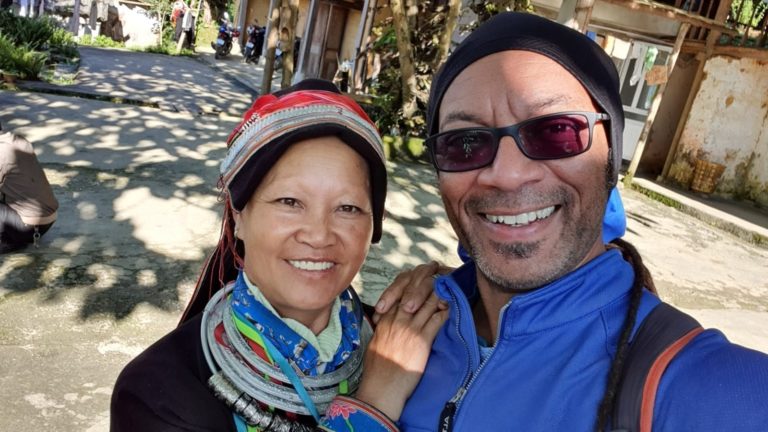
Hey folks, Today I am still driving around the fairy-world-like landscapes of Ha Giang, it’s a breathtaking experience. I am unashamedly a colour photographer. I have always loved colour in my photography, even when I was at photography school, emerging as an artist and black and white dominated the art scene. I stuck to what I was […]
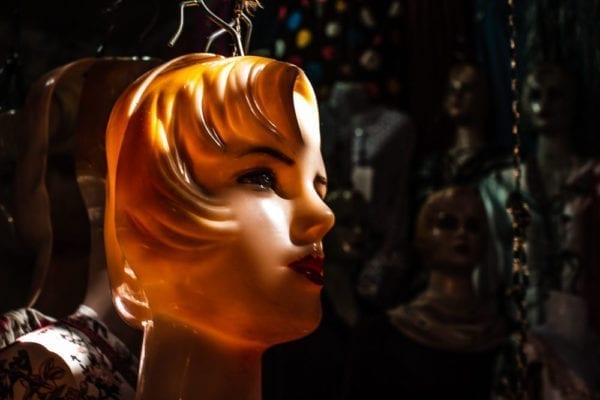
I don’t like to have complicated goals in my life. But I do like to have a vision for my life that I follow each year.
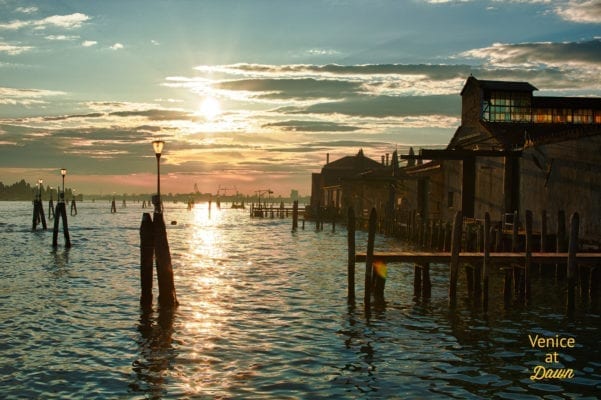
Ciao Amici! Today I want to share some cool articles I’ve written, along with things I’ve read/seen/listened to that have inspired me this week. Hopefully there are some ideas in here that are inspiring for you. I shared one of the posts we wrote for Digital Photography School all about shooting […]
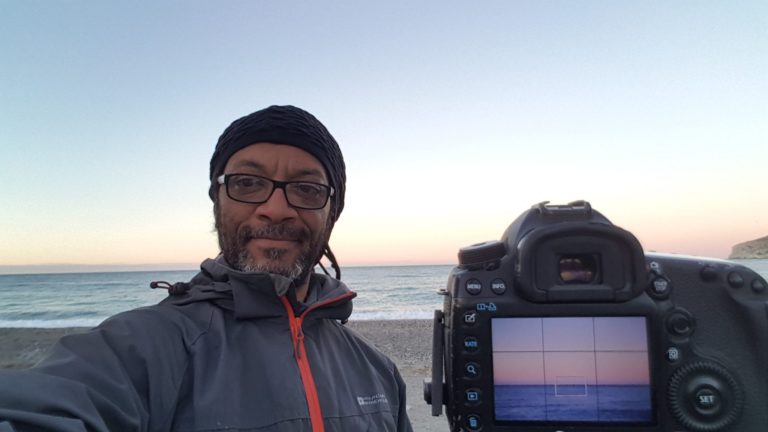
I wrote recently about how to shoot on manual and received some very interesting responses. Thank you all for your commenting and support. I am still amazed at how difficult I found it trying to explain and encourage people to shoot with manual. I think I’ve distilled it most by […]
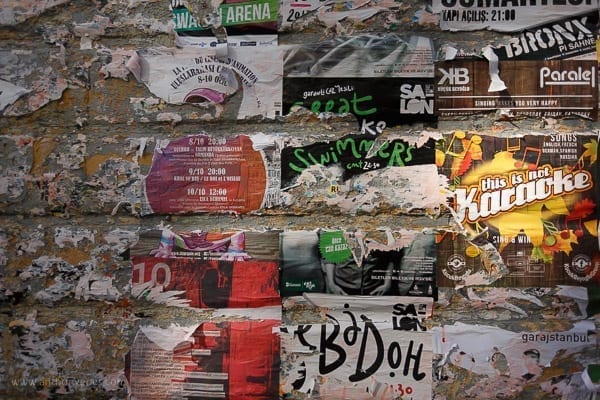
I like who I am when I’m being creative, that’s the basic fact. I love taking photos, just like I love having a long walk through the hills near me in Spain. I have to remember that these things bring me joy. And who doesn’t want a life of maximum […]

Victoria’s Peak is the must shoot place for any photographer visiting Hong Kong, actually, anyone must visit!

Hello everyone, I hope you are all having a great week. Today I got an email from someone that started in the same way that many many emails to me start. “I have been so rubbish, I haven’t picked up my camera in months!” And it really struck me because […]
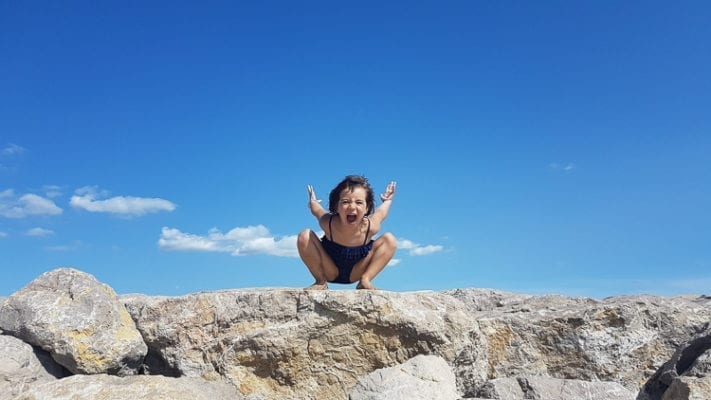
Hello, Today I wanted to have a little fun and make this suggestion – your camera is nothing without you. It’s an inert machine that requires your vision, your inspiration, your excitement and energy to create interesting photos. So to illustrate this today I want to send you some photos […]
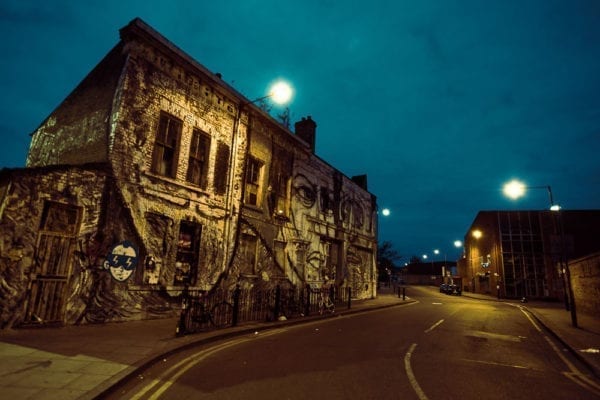
Good day to you all, Today is one of those days that I often really struggle with in London. It’s grey, the light is flat, there is some of that very sprinkly rain that doesn’t totally warrant the whole rain gear outfit but is none the less an inconvenience. Di […]
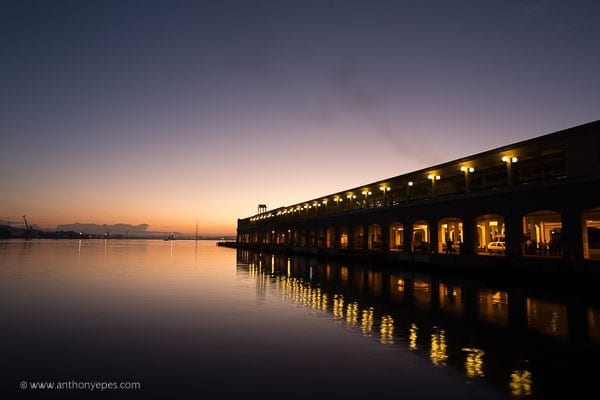
Today I want to give you a super-simple idea that, if you can grasp it, and then put it into practise, I guarantee will really help your photography. What we are basically doing as photographers is looking at the world, identifying interesting subjects and organising them accordingly. The way I […]
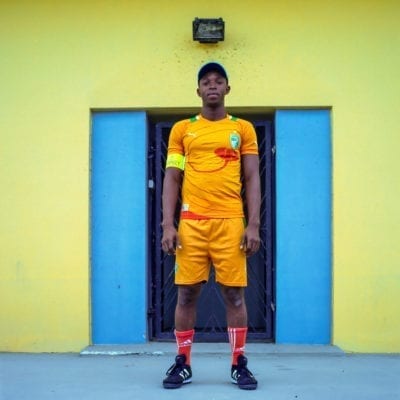
The photos in this email are all from my Homeless World Cup project (© Anthony Epes). I was feeling the need for some big colour and light on these short winter days. This time last year I wrote a post about how January is a great time to review your work. Now I […]
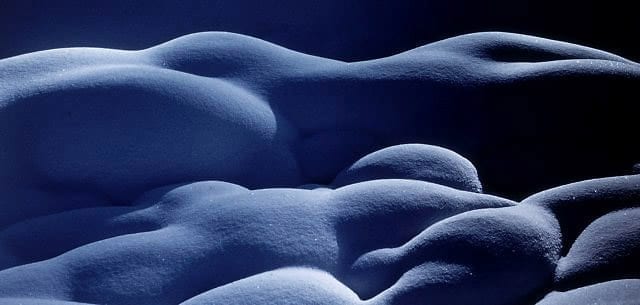
Greetings from a balmy Rome. Today I wanted to take a look at Ernst Haas, my favourite photographer and, hands down, the biggest photographic influence on my work. When I discovered his books in the 80’s I was blown away by the beauty he discovered in the most mundane views or […]